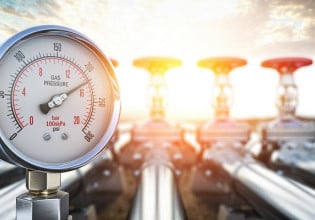GE Frame VI & Mark VIe Gas Turbine Generator (GTG) spreads was found on the higher sides during loading (approx. 21 MW+).
As recorded,GTG spreads at 22.4 MW load were:
 Spread-1 = 45.4 deg C
 Spread-2 = 32.1 deg C
 Spread-3 = 31.1 deg C.

M/C was Shutdown for GTG-2 High spread problem rectification.
Requested for solution/rectification for high exhaust spread problem frequently.
As recorded,GTG spreads at 22.4 MW load were:
 Spread-1 = 45.4 deg C
 Spread-2 = 32.1 deg C
 Spread-3 = 31.1 deg C.

M/C was Shutdown for GTG-2 High spread problem rectification.
Requested for solution/rectification for high exhaust spread problem frequently.






